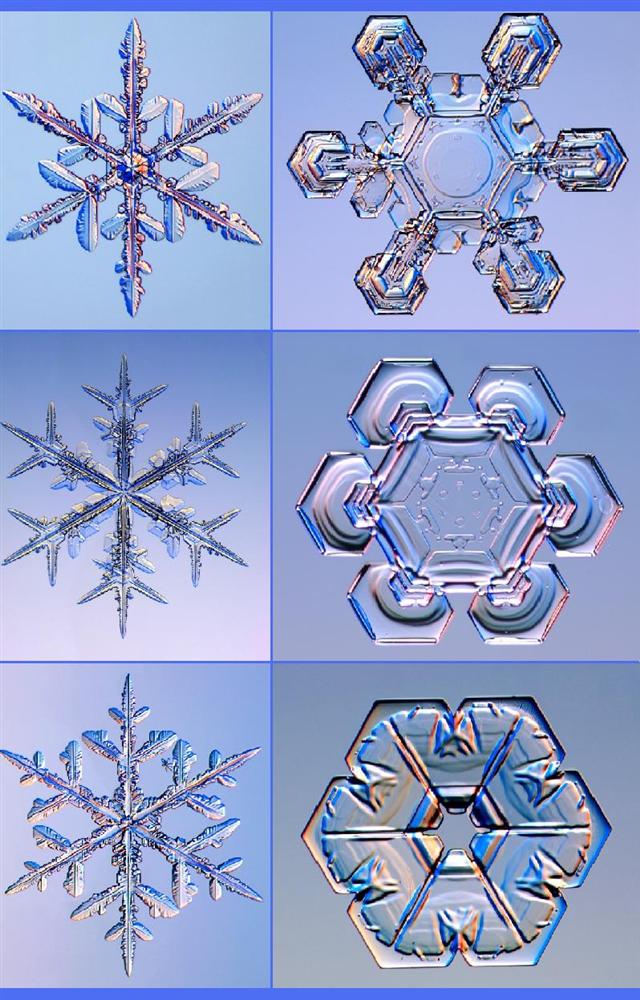Op onze planeet Aarde komt ongeveer 1.400.000.000 km3 water voor. Hiervan bevindt 97% zich als zout water in oceanen en zeeën. De rest is onderverdeeld in zoet en zout grondwater (23.300.000 km3), ijs (24.000.000 km3), oppervlaktewater (meren en rivieren, 190.000 km3) en waterdamp in de atmosfeer (14.000 km3). De verhoudingen variëren enigszins door verschillende factoren, waaronder het klimaat.
De Aarde bevoorraadt zichzelf met water via een waterkringloop, waarbij zeewater verdampt, in de atmosfeer condenseert en als neerslag weer terugvalt, waarna rivieren en grondwater het weer terugvoeren naar de zee.
Water draagt in zich zoveel geheimen, dat wetenschappers de wezenlijke structuur ervan nog altijd niet begrijpen. Recente experimenten, die ons zouden moeten vertellen hoe watermoleculen zich aan elkaar binden, resulteerden in tegenstrijdige resultaten. Men denkt dat er over één enkele watermolecule alles geweten is, maar over de interactie tussen de watermoleculen bestaan dus nog vele vraagtekens. Meer hierover vind je hieronder bij de afbeeldingen ...

Water is de chemische verbinding van twee waterstofatomen en een zuurstofatoom. Het komt in de natuur in de drie verschillende hoofdfasen, of aggregatietoestanden voor, namelijk: als vloeistof (vloeibaar water), als vaste stof (ijs) en als gas (waterdamp).
Zuiver, vloeibaar water krijgt een blauwe kleur als gevolg van verschillen in absorptie en verstrooiing van blauw en rood licht: water absorbeert rood licht 100 maal meer dan blauw licht en verstrooit blauw licht 5 maal meer dan rood licht. De kleur wordt echter pas duidelijk zichtbaar als het water meer dan een paar decimeter diep is. Als je het goed hebt begrepen, heeft water geen blauwe kleur, want het verstoot die kleur, en het is dan ook de kleur dat water niet wenst, die we zien.
Sneeuw, daarentegen,is een vorm van neerslag, die bestaat uit ijskristallen en heel veel lucht tussen de ijsnaaldjes. Bij temperaturen onder het vriespunt vormt sneeuw zich wanneer waterdamp tot ijskristallen verrijpt. Dit proces vindt vooral plaats tussen -5 en -20 °C en optimaal bij een temperatuur rond -12 °C.
Bij deze waarde is het verschil in de dampdruk ten opzichte van water en ijs het grootst en gaan watermoleculen van onderkoelde waterdruppels naar vrieskernen. Deze vrieskernen dienen als een soort katalysator en brengen de bevriezing versneld op gang. Door botsingen onderling en op de weg naar beneden groeien deze ijsdeeltjes geleidelijk aan tot sneeuwkristallen. Deze kunnen allerlei vormen hebben, maar ze zijn altijd zespuntig, ook wel ‘hexagonaal’ genoemd.
We hebben het reeds eerder gehad over de zogenaamde ‘sneeuwhamvraag’. Indien je eveneens geloof hecht in het bestaan van vormkrachten die in elk organisme inherent aanwezig zijn en van binnenuit de uiterlijke vorm beïnvloeden ... zeg me dan eens: wat precies bepaalt de unieke, zespuntige vorm van elke sneeuwvlok?
Alles wordt uit de zogenaamde 'leegte' in elkaar geweven en de multipliciteiten die ontstaan kunnen alleen door wiskunde worden verklaard. Toch moet er een andere aanpak en discipline mogelijk zijn.
Een sneeuwvlokje is geen levend organisme. Met andere woorden: van binnenuit kan er in wezen niets zijn dat entelechie, bouwplan, blauwdruk, gestalte-idee, of wat dan ook worden genoemd.
Indien de 'omgeving' – iets van buitenaf dus - de vorm van een sneeuwvlokje beïnvloedt... welke krachten spelen er dan op in ? En, hoe kunnen die vormkrachten van buitenaf deze prachtige, mathematische vormen creëren? En, hebben die onzichtbare vormkrachten - indien die er zijn - een naam? Enig idee?
Antwoord nu niet met: 'Dit is nu eenmaal de manier waarop kristallen zich vormen", want dat antwoord kan iedereen geven. Zelfs de meest intelligente wetenschapper.

Bovendien zijn er vele soorten sneeuwval, waaronder:
• Natte sneeuw - sneeuw gemengd met regen of half gesmolten sneeuwvlokken
• Droge sneeuw - sneeuw bij een luchttemperatuur van beneden 0 graden Celsius
• Motsneeuw - sneeuw in natte korreltjes van hooguit 5 mm groot
• Poedersneeuw - sneeuw in fijne droge korreltjes van hooguit 5 mm groot
• Korrelsneeuw - sneeuw in onregelmatig gevormde korrels (zacht en samendrukbaar) tot 5 mm groot
• Driftsneeuw - sneeuw die reeds gevallen is en door een krachtige wind wordt opgewaaid
• Poolsneeuw - sneeuw in min of meer losse kristallen bij vrij lage temperaturen
• Lichte sneeuw - sneeuw in kleine vlokjes
• Stuifsneeuw - reeds gevallen sneeuw die door de wind wordt verstoven
Tevens vind men op verschillende plaatsen op Aarde sneeuwslijk.
Zoals het woord tracht aan te duiden: het is geen ijs, ook geen sneeuw, maar een soort slijk dat uit losse ijskristallen bestaat, dat net als olie op water drijft, en een rivierloop het uitzicht geeft van een sneeuwtapijt te zijn.
Schijn bedriegt, dus – want, indien men het niet weet, en denkt dat men in sneeuw aan het stappen is, zakt men er plots doorheen en kan men kopje ondergaan en getrakteerd worden op een rivierbad van ijskoud water.
Bekijk, beluister en geniet van onderstaande videoclip, en je komt er meer over aan de weet...